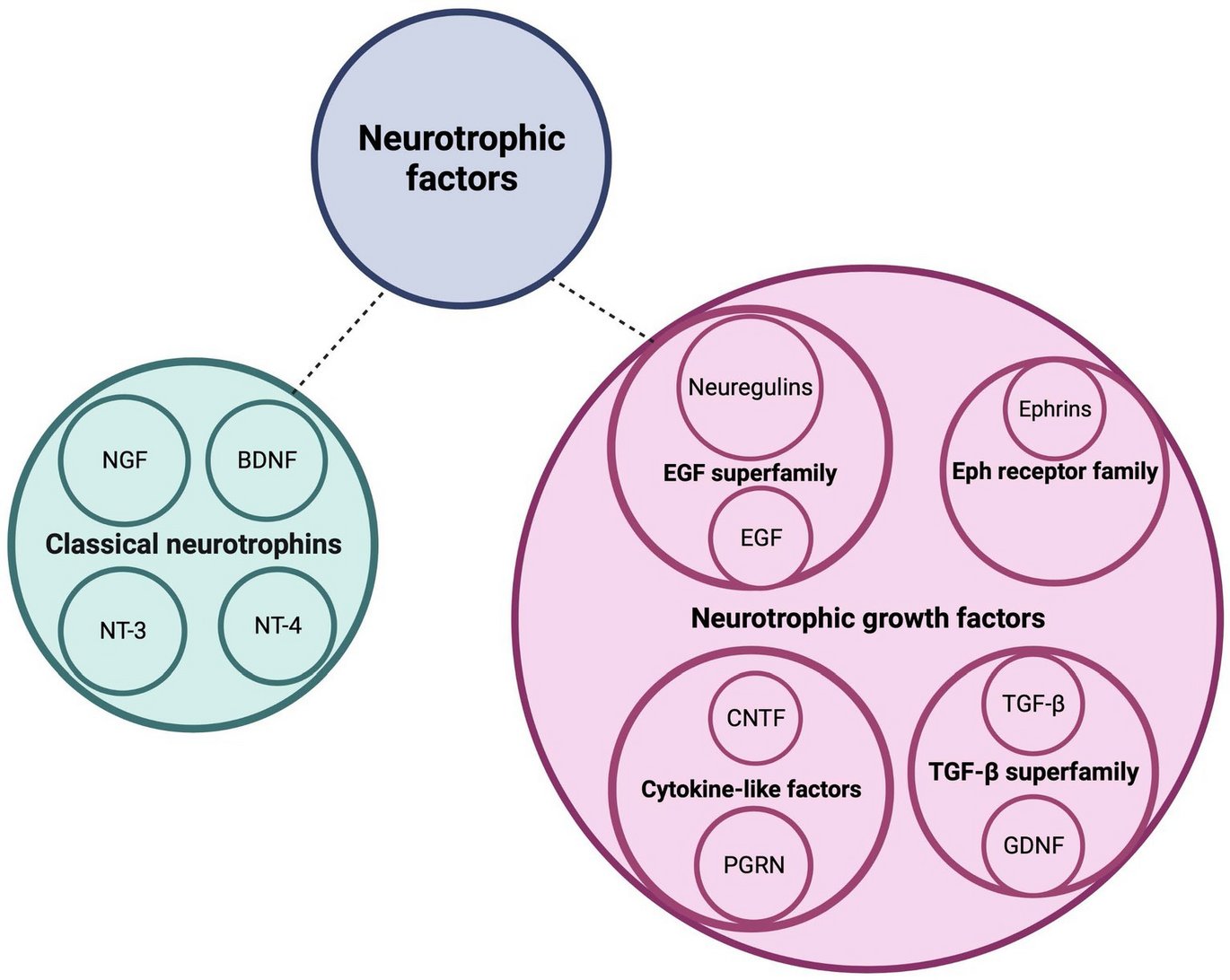A new review directs attention to the cerebellum and its direct implication in diseases like autism and schizophrenia
In a new scientific review, authors from DANDRITE compile the most relevant and recent data on one category of growth factors in the cerebellum and the mechanisms they are involved in during the development of the brain in the first 12 months of a child’s life. This reveals a new research potential to further study the cerebellum and its cognitive implications – especially in neurodevelopmental diseases like autism and schizophrenia.

Despite its small size, the cerebellum contains roughly 80% of the neurons in the brain, making it a significant contributor to overall brain function. It has an extensive and elaborate development which starts in humans at gestational week 7 and ends around 12 months after birth. It is well-known as a powerhouse for fine-tuning movements and maintaining balance and posture, and diseases related to it are often associated with motor deficits, balance problems, and movement difficulties.
A recently published review outlines yet another, and hitherto unsolved role of the cerebellum involved with several higher-order cognitive functions, including spatial learning, attention, language, reward, emotion, social behavior, and memory.
“We know that especially one category of growth factors, called neurotrophins, plays a significant role in the building of the cerebellum, but what we can conclude in this review is their direct implications in several neurodevelopmental disorders, including autism spectrum disorders (ASD), schizophrenia and medulloblastoma, which is a type of brain cancer that starts in the cerebellum,” Pia Boxy explains.
The cerebellum has an extensive and elaborate development, which makes it very vulnerable to damage and highly dependent on a wide variety of molecular mechanisms developing correctly. The neurotrophins help shape the cerebellar circuitry by promoting the survival of developing neurons. The neurons are paramount to forming precise connections within the cerebellum but also to other parts of the brain like the limbic brain structures, including the hippocampus which is known for its cognitive function.
“The connection between the cerebellum and cognitive function is not well-known, quite the opposite in fact. It has only recently started being explored. However, most research focus on other brain regions such as the hippocampus and prefrontal cortex because those are the brain regions that are tightly related to cognitive function. In contrast, our review focuses on a brain region, that is less associated with cognitive function and we point out that cerebellum-only changes in neurotrophic function can actually lead to changes in cognitive function that we see in certain neurodevelopmental disorders,” Pia Boxy states and adds:
“This could open the door to understanding the development and mechanisms of certain neurodevelopmental disorders, and could potentially be targeted for therapy-based interventions that can ameliorate or maybe even prevent disease”.
The review has just been published in the journal “Frontiers in Molecular Neuroscience”, and the authors hope that it will facilitates the scientific attention to the cerebellum in cognitive function.
- Read the full review
- For more information contact:
Assistant Prof. Lilian Kisiswa, liki@biomed.au.dk or Ph.D.-student Pia Boxy, piaboxy@biomed.au.dk